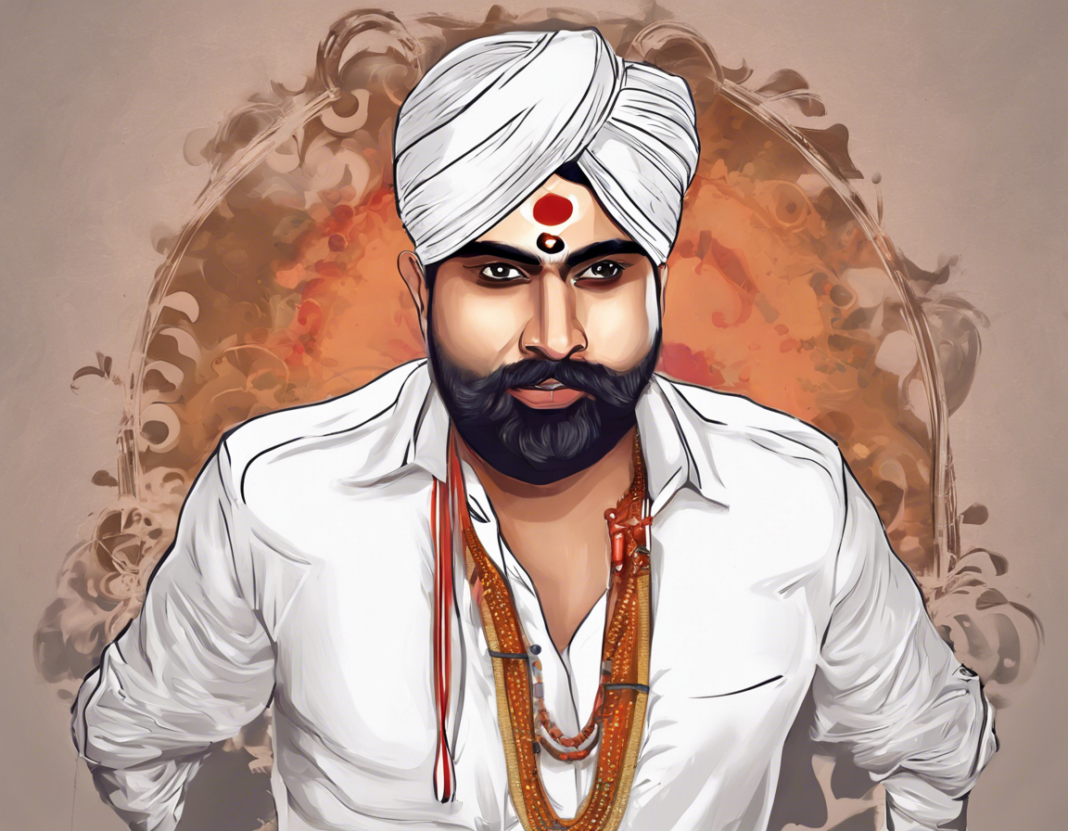In the age of social media and instant messaging, it is all too common for rumors and misinformation to spread like wildfire. One recent case that has caught the attention of many netizens is the alleged Prajwal Revanna Viral MMS. The video supposedly featuring the Indian politician has been shared extensively online, leading to widespread speculation and debates. In this article, we will dive deep into the controversy surrounding the Prajwal Revanna Viral MMS, separating fact from fiction and exploring the implications of such incidents in the digital era.
The Allegation
The controversy began when a video clip emerged on various social media platforms, claiming to show Prajwal Revanna engaged in inappropriate behavior. The video quickly went viral, garnering thousands of views and shares within a short period. As news spread, discussions flared up online, with many questioning the authenticity of the video and its implications on the prominent political figure.
Fact-Checking the Prajwal Revanna Viral MMS
In the midst of the frenzy, fact-checking organizations and digital forensics experts stepped in to analyze the video clip. Through meticulous examination and verification processes, it was determined that the video was, in fact, a well-crafted deepfake – a sophisticated manipulation of video content using artificial intelligence technologies. The face of Prajwal Revanna had been superimposed onto the body of another individual, creating a convincing but entirely fabricated scene.
Deepfakes and Their Ramifications
The emergence of deepfakes poses significant challenges for media integrity and authenticity. With the technology becoming increasingly accessible, the potential for misinformation and character assassination is greater than ever before. The case of the Prajwal Revanna Viral MMS serves as a stark reminder of the dangers posed by such advancements and the need for robust mechanisms to detect and counteract them.
The Impact on Individuals and Society
False allegations and malicious rumors can have far-reaching consequences, not only for the individuals targeted but also for the broader society. In the case of Prajwal Revanna, the circulation of the viral MMS not only tarnished his reputation but also fueled speculation and mistrust among the public. The incident underscores the fragility of trust in the digital age and the vital importance of critical media literacy.
Combating Misinformation and Deepfakes
Addressing the proliferation of deepfakes and misinformation requires a multi-faceted approach involving technological innovations, regulatory frameworks, and media literacy initiatives. Organizations and individuals must remain vigilant against the spread of fabricated content and be proactive in verifying the authenticity of information before sharing it online. Collaboration between tech companies, policymakers, and civil society is essential to stem the tide of digital deception.
FAQs on the Prajwal Revanna Viral MMS Controversy:
1. What is a deepfake?
A deepfake is a form of synthetic media generated using artificial intelligence techniques to manipulate or replace original content with fabricated elements, often involving convincing visual and audio simulations.
2. How can deepfakes be detected?
Detecting deepfakes requires a combination of technological tools, such as image and video analysis algorithms, and human verification methods to scrutinize the authenticity of media content.
3. What are the legal implications of creating and spreading deepfakes?
The creation and dissemination of deepfakes raise concerns related to defamation, privacy infringements, intellectual property violations, and potential criminal activities, depending on the context and intent of the manipulated content.
4. How can individuals protect themselves from falling victim to deepfake misinformation?
To safeguard against deepfake-driven misinformation, individuals should cultivate critical thinking skills, verify the sources of information, and be cautious of sharing unverified content on social media platforms.
5. What role do social media platforms play in combating deepfakes?
Social media platforms have a crucial role in mitigating the spread of deepfakes by implementing content moderation policies, fact-checking mechanisms, and partnering with experts to identify and remove misleading or harmful content from their networks.
In conclusion, the Prajwal Revanna Viral MMS controversy sheds light on the intricate landscape of misinformation and digital manipulation. As technology continues to advance, it is imperative for individuals and institutions to remain diligent in discerning truth from falsehood and upholding the integrity of information dissemination in the online realm. Only through collective efforts and informed awareness can we navigate the complex challenges posed by deepfakes and safeguard the trust and credibility essential for a well-informed society.


